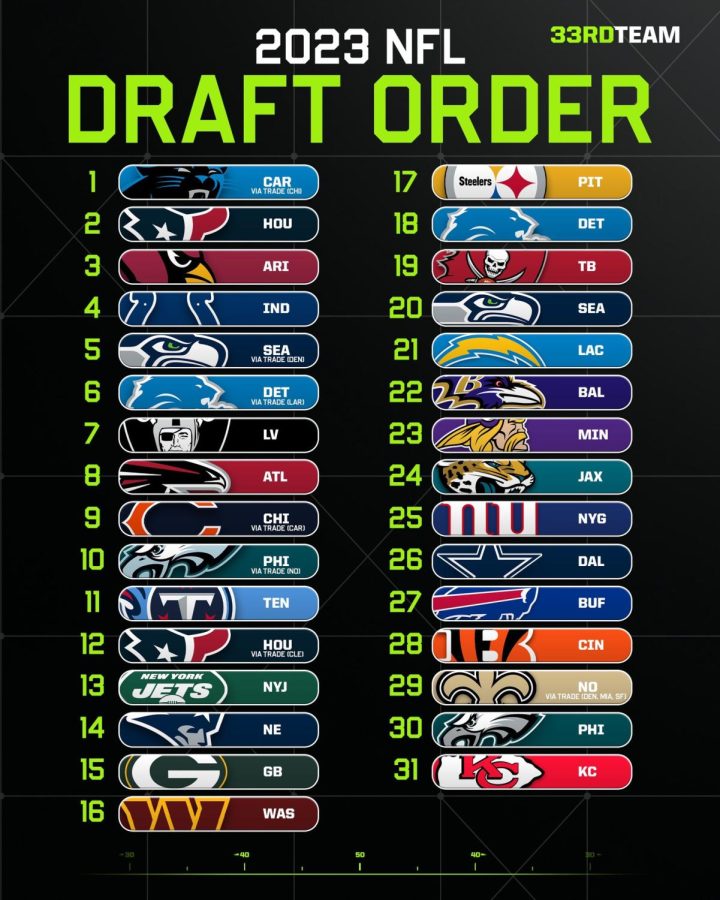The Origins of Groundhog Day

FILE- In this Feb. 2, 2017, file photo, Groundhog Club handler John Griffiths holds Punxsutawney Phil, the weather prognosticating groundhog, during the 131st celebration of Groundhog Day on Gobbler’s Knob in Punxsutawney, Pa. Punxsutawney Phil’s handlers are set to announce at sunrise Friday, Feb. 2, 2018, what kind of weather they say the rodent is predicting for the rest of winter. (AP Photo/Gene J. Puskar, File)
February 9, 2022
Groundhog Day is a holiday that features a furry little rodent that determines if winter stays or goes. So how did it begin?
Groundhog Day has its roots in the ancient Christian tradition of Candlemas. The clergy would bless and distribute candles during the winter. They would represent how long and cold the winter would be. Germans then expanded on this concept by using an animal, a hedgehog, to predict the winter. Once the German settlers came to America, they continued the tradition by using, get this, a groundhog.
That is the origin of Groundhog Day. This year, the groundhog determined six more weeks of winter.
















